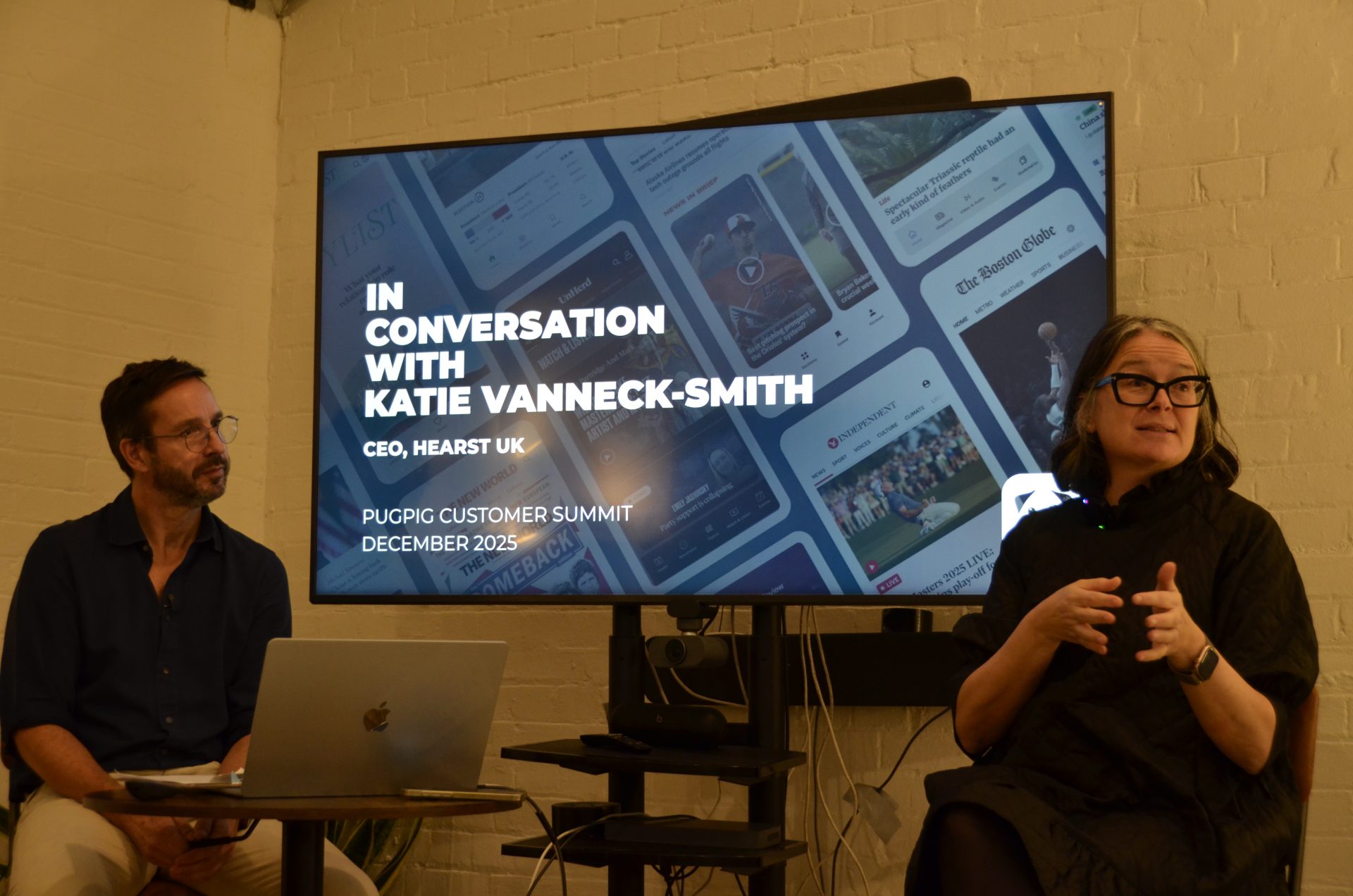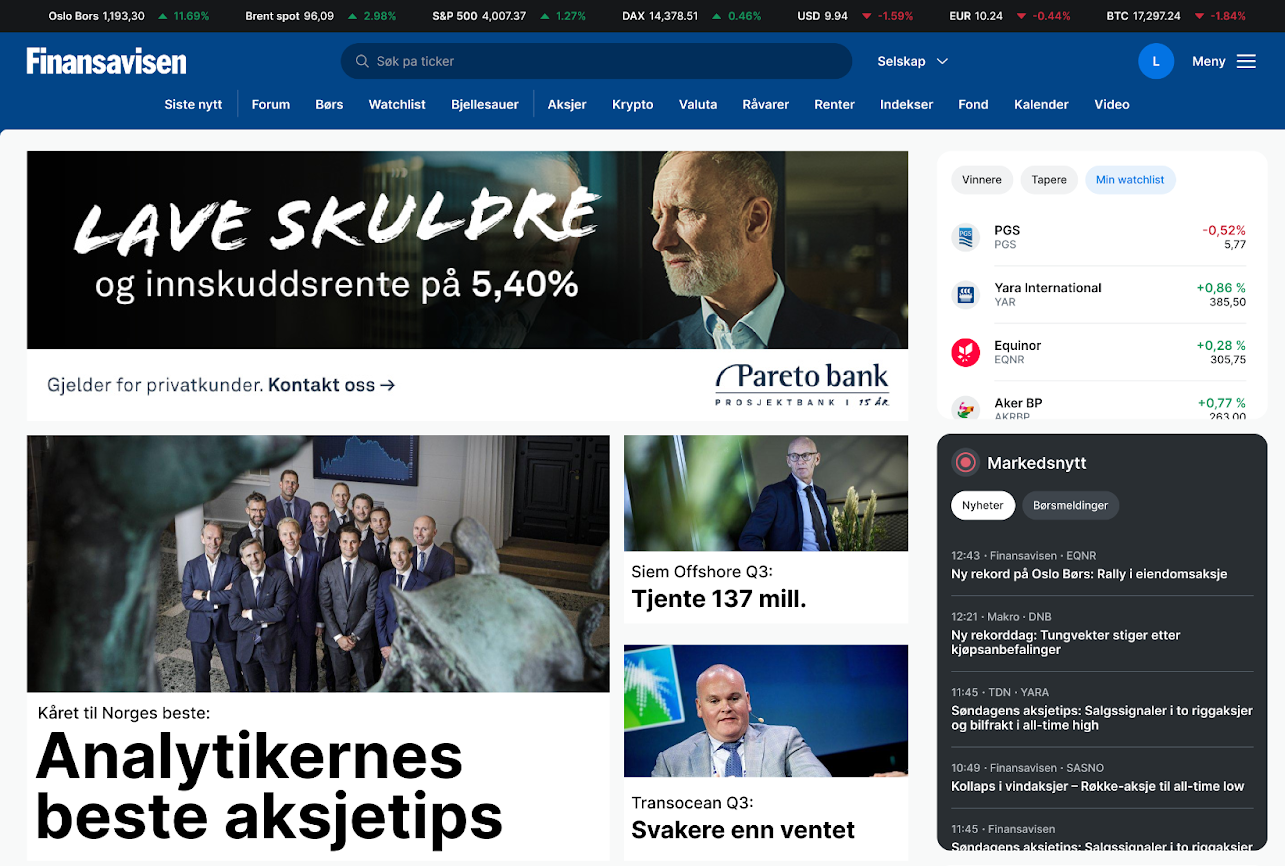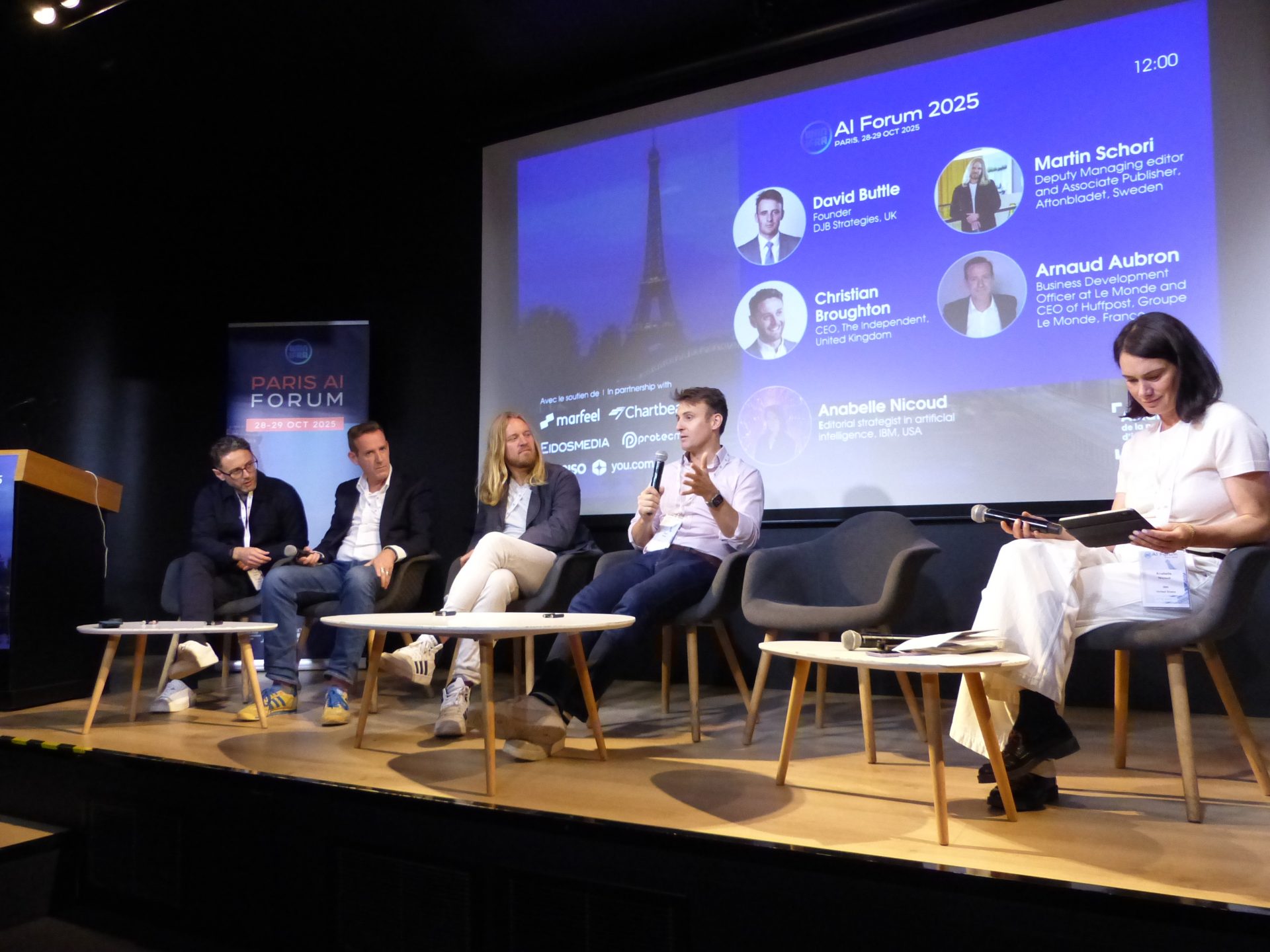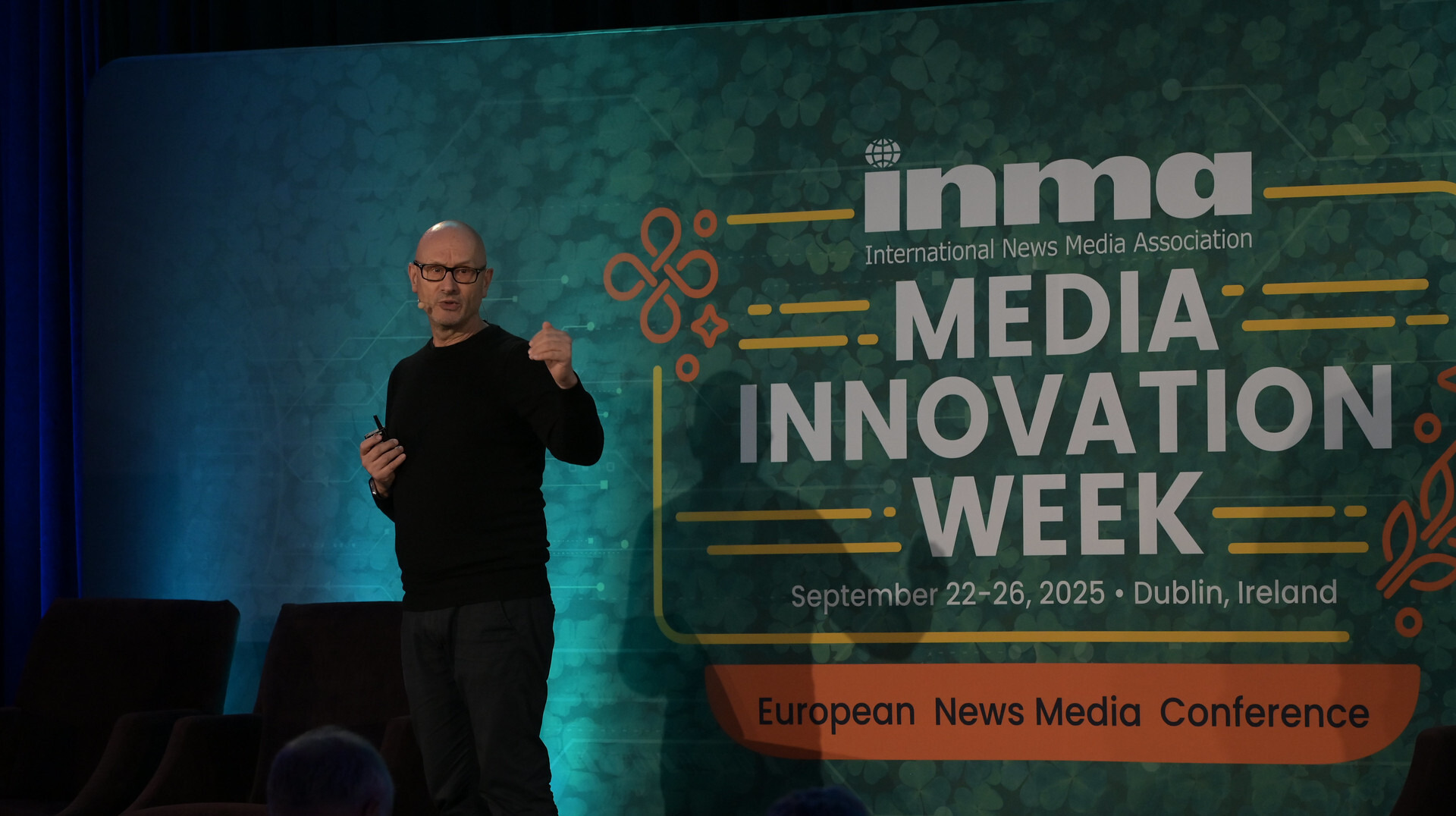
Newsletter
Newsletter
This week we take a look at the three step approach adopted by The Washington Post
20th July 2023

In the Pugpig weekly media bulletin, Pugpig’s consulting services director Kevin Anderson and digital growth consultant James Kember distill some of the best strategies and tactics that are driving growth in audiences, revenue and innovation at media businesses around the world.
Whether it’s Gardener’s World launching a digital product to drive engagement or Die Zeit driving users to their app, getting a subscriber to a higher level of digital engagement is a key component in the battle against churn. Increased engagement also provides more opportunities for advertising, sponsored content, affiliate marketing and events promotion. Therefore, it should be top of a publisher’s priority list.
So, how to approach it? This week, in their Digital Subscriptions Blog, INMA featured an article written by Anjali Iyer, Head of Lifecycle Marketing at The Washington Post. In her piece, Iyer explained how The Post approached the challenge of making the case for investment in subscriber engagement. It broke down into three steps.
Step one: Define a hypothesis and test
Iyer’s starting point was to validate their hypotheses on the drivers of retention. The Post built a predictive subscriber churn model and their data science team crunched the numbers to reveal the key factors in churn. They discovered that visits to the site and app, engagement with the newsletter, referrals (e.g. article gifting) and consumption of diversified content all indicated how likely a subscriber was to renew or not.
The approach taken will differ based on a publisher’s audience and business model. For example, The Daily Maverick found that building an emotional relationship with their members was the most important factor in retention. “People support us because they have this emotional connection, and that’s very hard to break,” Fran Beighton, General Manager of Reader Revenue said last month.
It’s essential that publishers develop and test their own hypotheses and avoid a one size fits all approach. At Pugpig Consulting, we’ve worked with several publishers to map retention segments to engagement metrics in digital analytics tools. We find that this can be a powerful starting point for identifying which data points indicate propensity to churn.
Step two: Build user segments based on level of engagement
Once they’d understood the drivers of churn, The Post’s next step was to build user segments based on volume of engagement, allowing them to identify where to focus their effort. They used six different groups, spanning from no engagement to super highly engaged.
Drawing the lines between different levels of engagement can vary widely across publishers. In our State of the Digital Marketing Report published last November, we featured a case study from The Pink Un, a publication that follows Norwich City FC. The Pink Un were the most highly engaged app on the Pugpig platform with the average user having over 48 monthly sessions. In the case of The Washington Post even their most engaged user group didn’t necessarily reach this level. Therefore, it’s important for a publisher to build their own segmentation based on their audience. The simplest way to achieve this is to split the audience out evenly, whilst more data advanced publishers will base their segments upon a range of metrics. What matters most is developing an audience framework to allow for targeting, it can be refined as the activity progresses.
Step three: Target users at risk of churning
The Post’s strategy was to use an email series to address two main areas. Firstly, it focused on the benefits of the subscription. They had carried out research which indicated that even amongst the most highly engaged cohorts, subscribers did not always know all the features of their subscription. They combined this with an approach to encourage article gifting and content sharing, which their churn model had told them was important.
Iyer’s team carried out a controlled experiment and found that both the email promoting gifts and the one highlighting the subscription benefits delivered a statistically significant uplift in the retention rate.
Through our consulting work at Pugpig we have seen many different approaches to improving retention, which we believe could be used in addition to the two discussed by Iyer. These include:
Whilst using email is great channel to use, it’s important to leverage it within a wider communications strategy. This includes using the website for activities such as onboarding, encouraging usage of the app via push notifications and smart banners and building social campaigns to specifically target those at risk of churn.
These are not exhaustive lists and if you would like to discuss with us in more detail, please get in touch with us at Pugpig consulting.
Here are some of the most important headlines about the business of news and publishing as well as strategies and tactics in product management, analytics and audience engagement.

Newsletter

Newsletter

Newsletter

Newsletter

Newsletter